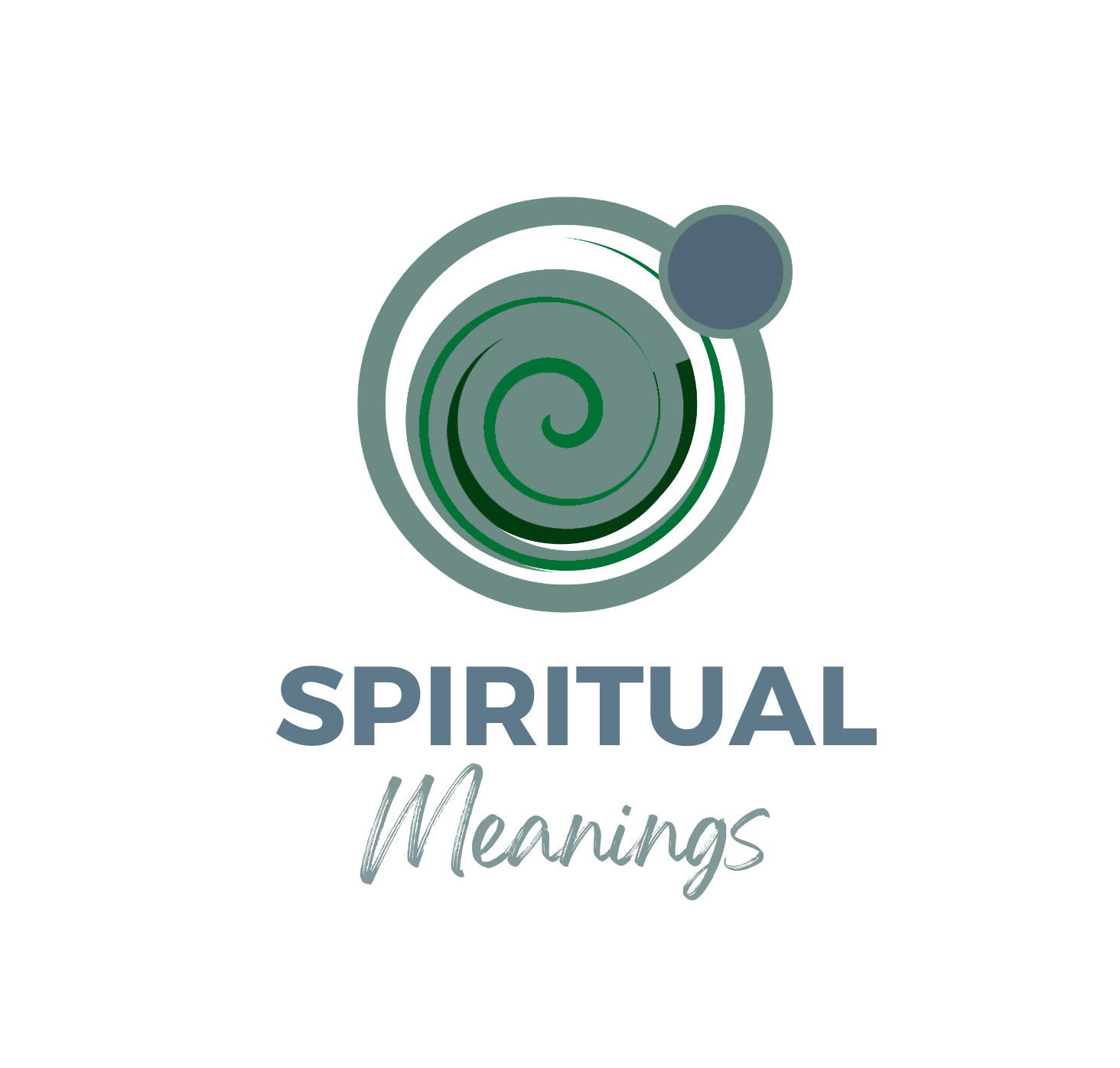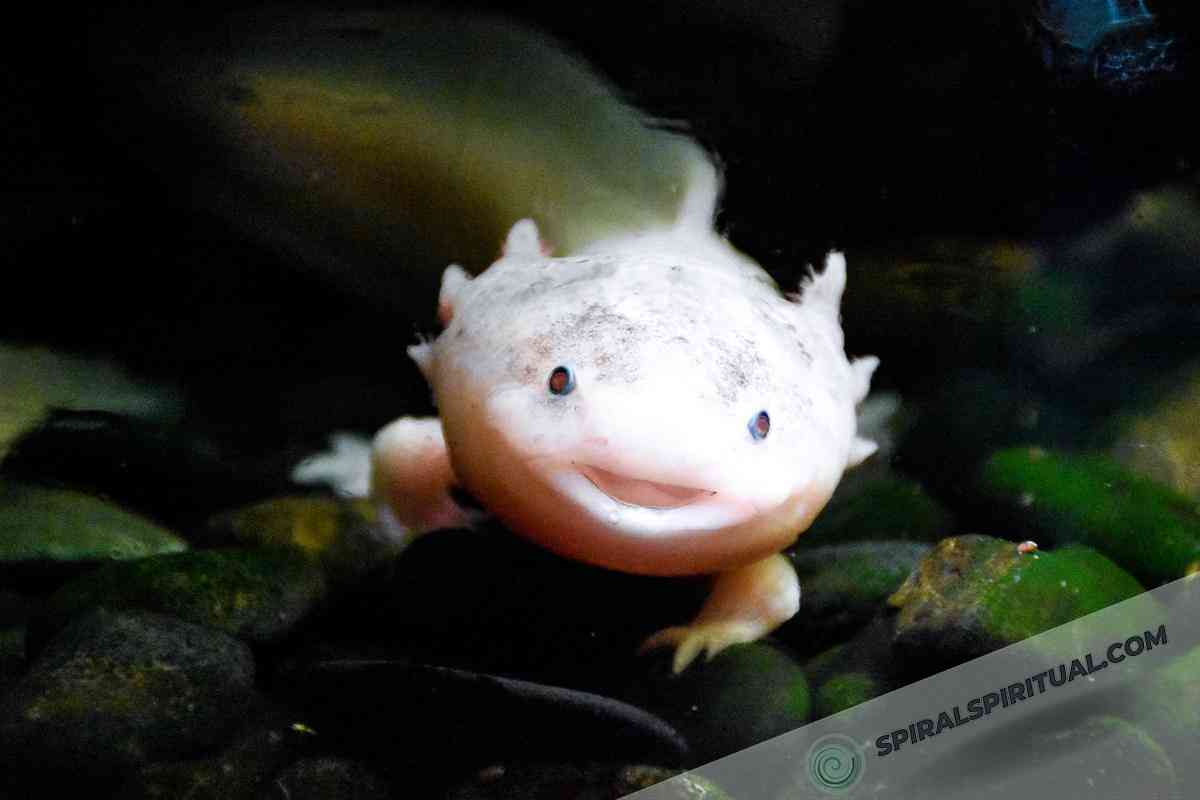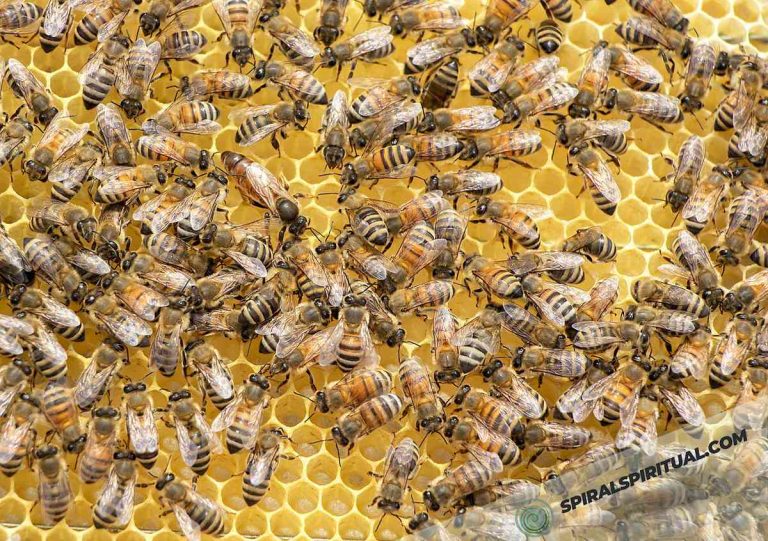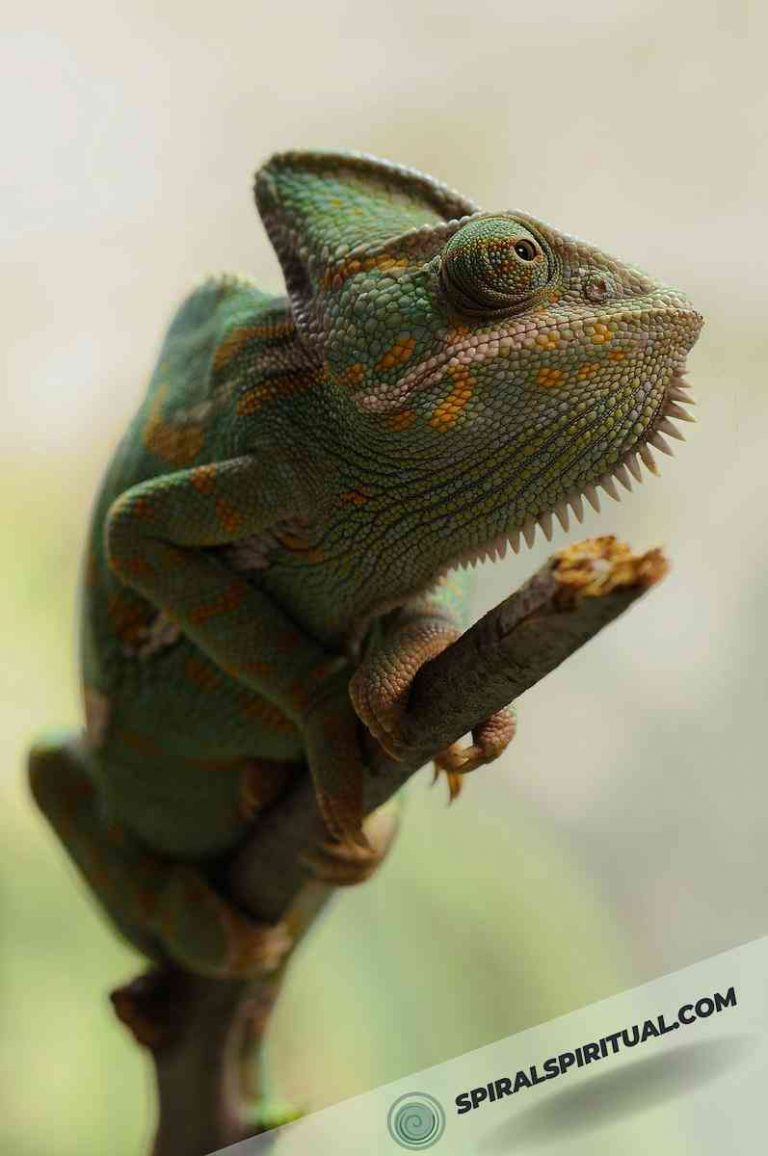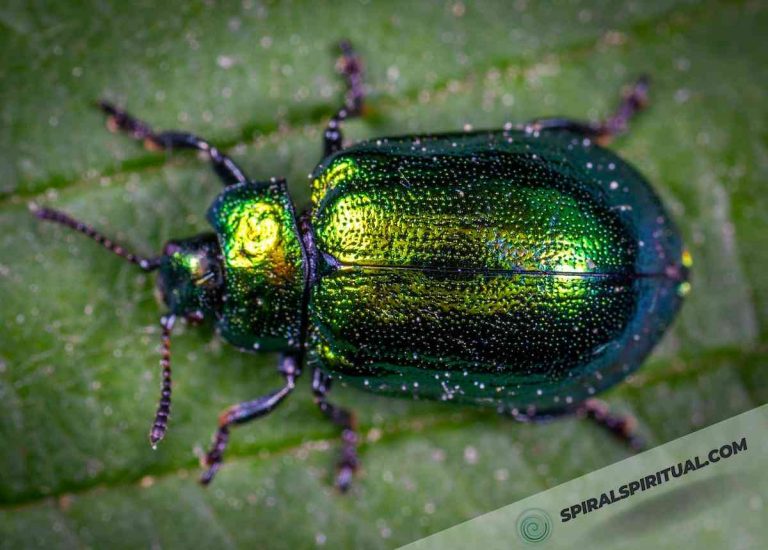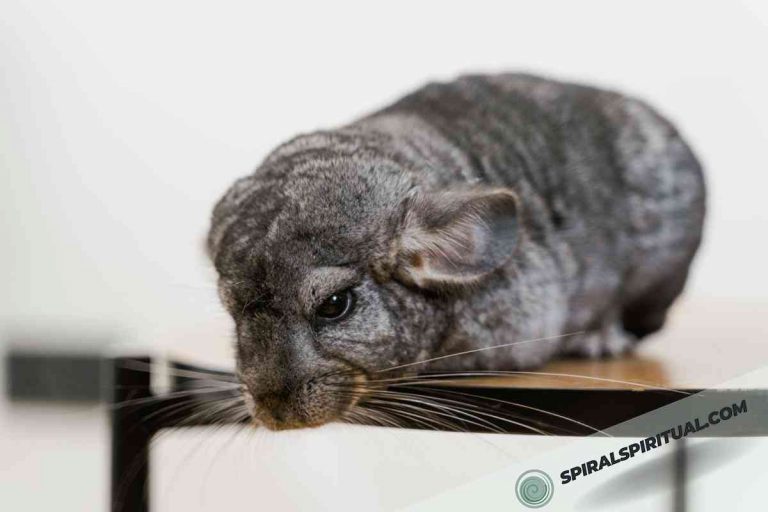Last Updated on November 2023
According to various spiritual beliefs, the axolotl symbolizes transformation, regeneration, and adaptability. It is seen as a powerful spiritual symbol representing the ability to navigate life’s changes and internal growth. The axolotl’s ability to regenerate its limbs and organs reflects resilience and the potential for healing. This interpretation is based on the understanding of the axolotl’s unique characteristics and attributes.
5 Spiritual Meanings Behind the Axolotl
I remember a time when my friend Sarah was going through a difficult phase in her life. Feeling lost and searching for guidance, she stumbled upon the image of an axolotl in a magazine. Intrigued, she delved into its symbolism and found solace in its representation of transformation and resilience. Inspired by the axolotl’s ability to adapt and grow, Sarah embraced change and overcame her challenges, ultimately finding a renewed sense of purpose. The axolotl served as a powerful symbol that guided her journey towards self-discovery and inner strength.
The axolotl carries several general spiritual meanings that transcend cultural boundaries. These interpretations are derived from the creature’s inherent qualities and observed behaviors. Five general spiritual meanings associated with the axolotl include:
- Transformation: The axolotl symbolizes transformation due to its unique ability to undergo metamorphosis. Just as it transitions from a larval to an adult form, the axolotl represents the spiritual journey of personal growth and evolution. It encourages individuals to embrace change and adapt to new circumstances, fostering inner transformation and enlightenment.
- Regeneration: The axolotl’s remarkable regenerative abilities make it a symbol of healing and renewal. As it regrows lost body parts, the axolotl signifies the power of resilience and the potential for self-healing on a spiritual level. It serves as a reminder to overcome past wounds, let go of negativity, and embark on a path of regeneration and emotional well-being.
- Adaptability: The axolotl’s unique capacity to live in both water and land environments represents adaptability. As a spiritual symbol, the axolotl encourages individuals to be flexible and open-minded when faced with life’s challenges. It teaches us to embrace change, adjust our perceptions, and find harmony in different situations, fostering spiritual growth and self-mastery.
- Patience: The axolotl’s slow developmental process before reaching maturity highlights the value of patience. Symbolically, it reminds individuals to trust the natural rhythm of life and have patience during times of personal growth. This spiritual meaning encourages us not to rush the journey but to have faith in the unfolding of our own transformation, reminding us that true growth takes time.
- Wholeness: The axolotl represents the concept of wholeness, embodying the idea that embracing all aspects of oneself leads to spiritual completeness. With its external gills and eternal juvenile appearance, the axolotl defies conventional norms and societal expectations. It reminds individuals to accept their unique qualities, embrace their true essence, and find harmony within oneself, illuminating the path towards spiritual integration and self-acceptance.
These general spiritual meanings of the axolotl are based on its attributes and observed symbolism, serving as an inspiration for personal growth, healing, adaptability, and self-acceptance in various spiritual beliefs and practices.
The Symbolism of Axolotl in Different Cultures
The axolotl holds great symbolism and cultural significance in various societies. In Aztec mythology, the axolotl was intricately linked wit Xolotl, the god associated with transformation and the afterlife. This connection emphasized the axolotl’s representation of traversing between physical and spiritual realms. In modern Mexican culture, the axolotl has become a symbol of national identity and biodiversity conservation, highlighting its cultural importance.
Across Japanese folklore, the axolotl is known by names such as “wooper” or “hikinuki” and is believed to possess medicinal properties and protective qualities. It is deeply embedded in Japanese symbolism, representing good fortune, prosperity, and luck. The axolotl’s regenerative capabilities further reinforce its association with rejuvenation and vitality in Japanese cultural beliefs.
The symbolism of the axolotl may differ across various cultures, and there may be additional meanings and interpretations specific to each society.
Axolotl Color
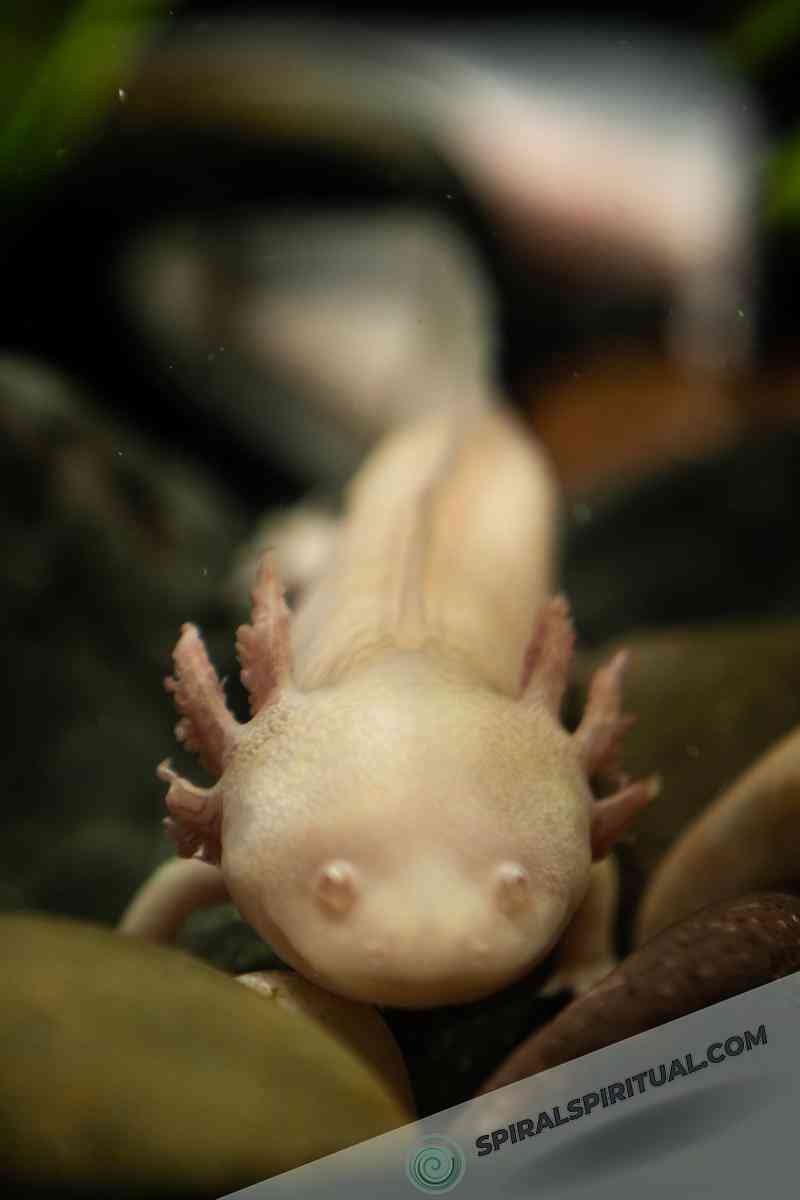
| Color | Symbolic Meanings |
|---|---|
| Pink | Pink axolotls are often associated with love, compassion, and nurturing. They symbolize affectionate and gentle qualities and are considered a representation of emotional understanding. |
| White | White axolotls are often seen as a symbol of purity, innocence, and spirituality. They are associated with divine presence, enlightenment, and higher consciousness. |
| Black | Black axolotls are often linked to mystery, power, and transformation. They signify depth, the unknown, and the hidden aspects of life. |
| Gold | Golden axolotls may symbolize wealth, prosperity, and abundance. They are associated with success, fortune, and enlightenment. |
| Blue | Blue axolotls often represent tranquility, calmness, and peace. They symbolize harmony, loyalty, and emotional stability. |
| Red | Red axolotls are often associated with passion, energy, and vitality. They symbolize strength, courage, and intense emotions. |
Is the Axolotl a Good Omen?
Many people hold axolotls as pets because they believe they bring good luck and serve as a positive omen. These unique amphibians are thought to bring blessings and fortune to their owners, fostering a sense of positivity and well-being. Axolotls’ fascinating ability to regenerate body parts is also seen as a symbol of resilience and renewal. Their presence in the home is believed to invite positive energy and ward off negative influences, making them cherished companions associated with good fortune.
If They’re Appearing in Your Dreams
According to dream interpretation, the axolotl holds symbolic significance when it appears in dreams. The axolotl in dreams is often associated with the concept of transformation and adaptability. It represents the ability to navigate through life’s challenges and embrace change. As author Clarissa Pinkola Estés stated in her book, The axolotl is a symbol of change and transformation. It serves as a reminder that we have the power to regenerate ourselves and adapt to new circumstances.
Dreams featuring axolotls may indicate a need for resilience, flexibility, and an openness to transformation in one’s waking life. However, it is important to remember that dream symbolism can be subjective and may vary depending on personal experiences and cultural beliefs.
If You See a Dead Axolotl
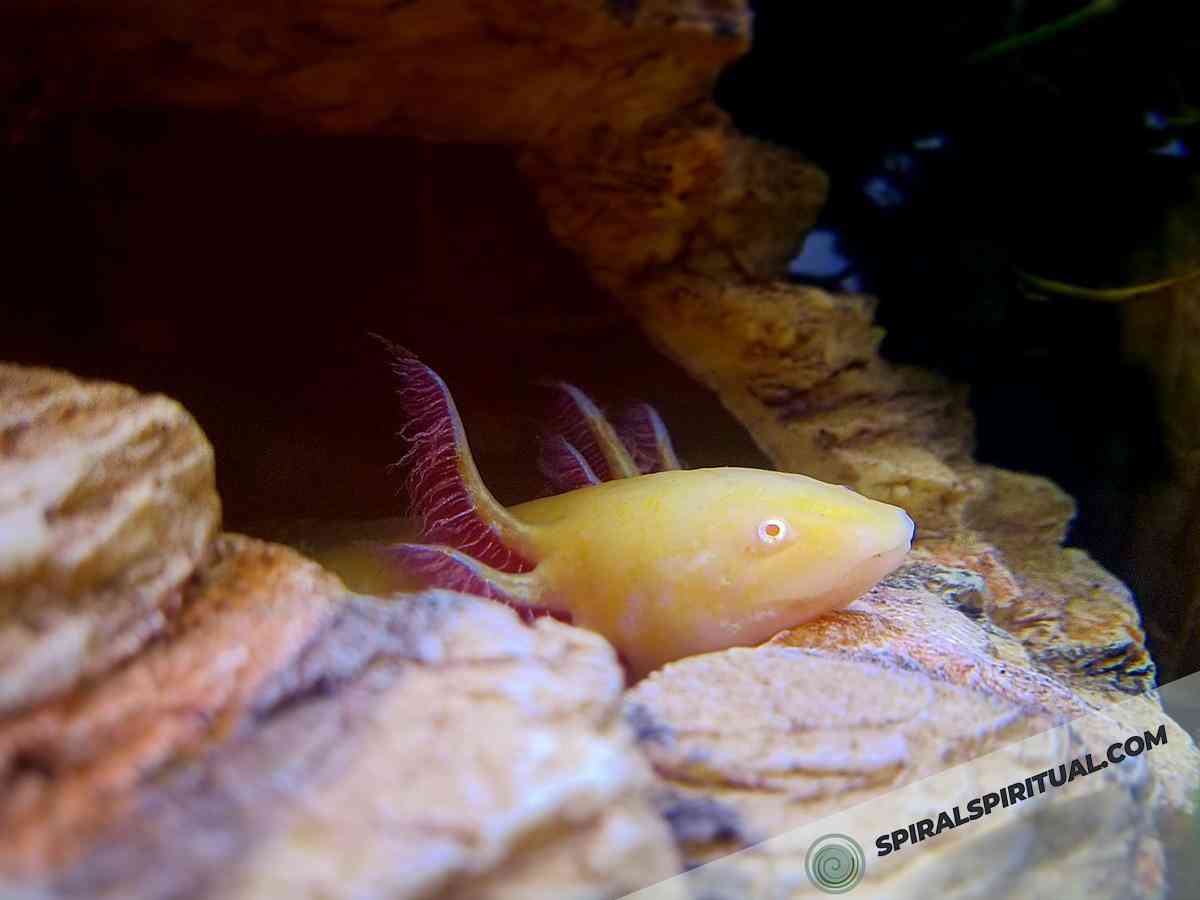
If you see a dead axolotl in your dream, it can symbolize the end of a particular phase or aspect of your life. It may suggest that you are experiencing a sense of stagnation or loss in a particular area. According to dream analysis by Carl Jung, the presence of dead creatures in dreams often signifies the need for letting go and embracing transformation. Seeing a dead axolotl could serve as a reminder to examine and release any stagnant beliefs, habits, or relationships that no longer serve your growth. However, it is important to remember that dream interpretations are subjective, and personal associations and emotions attached to the axolotl symbolism should also be considered.
The Final Verdict
Incorporating symbolism from different cultures, exploring the spiritual meanings behind axolotl colors, and deciphering their presence in dreams, it becomes evident that axolotls hold a profound spiritual significance. Whether it’s their association with transformation, regeneration, luck, or adaptability, axolotls symbolize a profound connection between the physical and the spiritual realm. Through their multifaceted symbolism, these enchanting creatures invite us to:
- Embrace change
- Navigate challenges
- Tap into our inner reservoirs of resilience and growth
Their presence in various aspects of our lives serves as a reminder of the interconnectedness between our spiritual and earthly existence.
References
Here is the literature that was used for writing this article:
- “The Axolotl: Mexico’s Amazing Amphibian” by Susan H. Gray – This book provides a comprehensive overview of the axolotl’s biology, history, and cultural significance in Mexico. It delves into the spiritual symbolism associated with the axolotl in traditional indigenous beliefs.
- “Animal Spirit Guides: An Easy-to-Use Handbook for Identifying and Understanding Your Power Animals and Animal Spirit Helpers” by Steven D. Farmer – This book explores the concept of animal spirit guides and how various animals, including the axolotl, hold symbolic meaning in different spiritual traditions. It offers insights into the axolotl’s potential spiritual significance.
- “The Symbolism of Animals and Birds Represented in English Church Architecture” by Arthur H. Collins – This research article focuses on the symbolic representations of animals and birds in English church architecture. Although it covers a broad range of creatures, it includes a section on amphibians and their spiritual symbolism, including the axolotl.
- “Axolotl Agreement: Mermaidic Stewardship of Earth’s Waters” by Mermaid Linden – This article discusses the mythological and spiritual connections between aquatic creatures like mermaids and the axolotl. It explores the concept of stewardship of Earth’s waters and the axolotl’s potential role as a symbol of ecological conservation in spiritual contexts.
